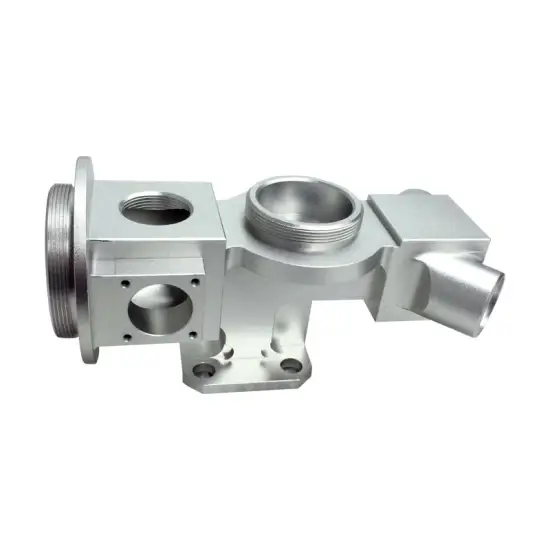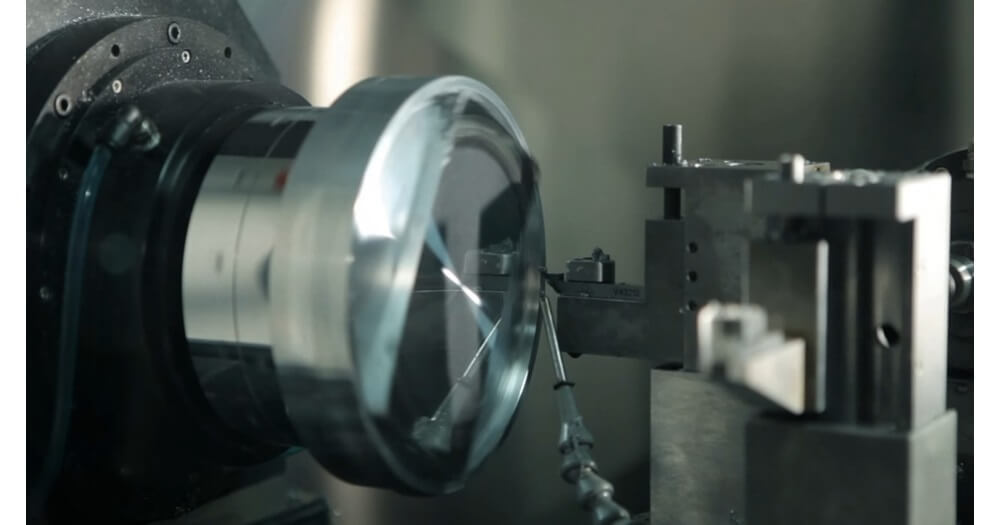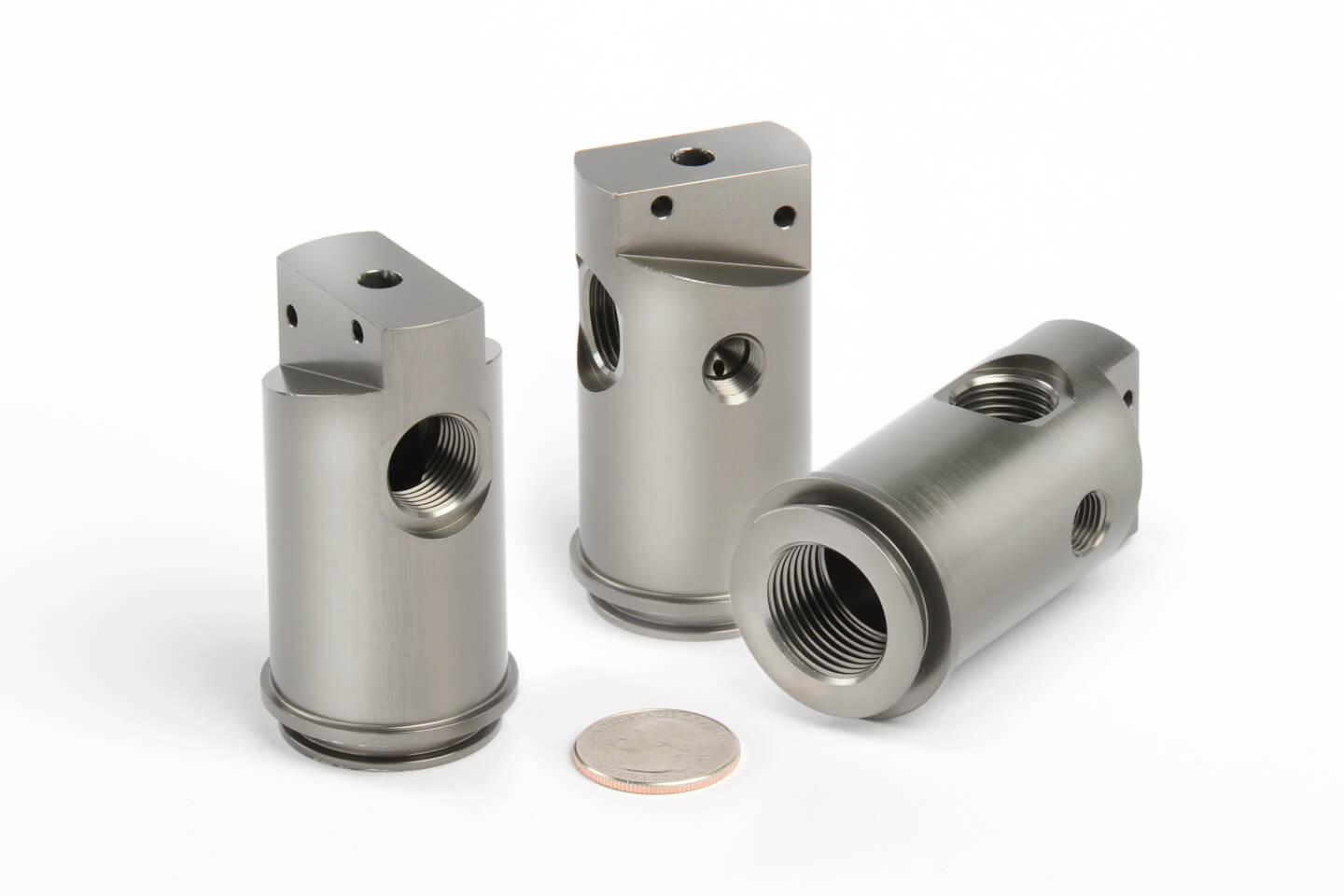Introduction to Ultra Precision Machining for High Precision Manufacturing
High precision manufacturing technologies include micro milling, micro turning, high precision grinding, polishing, and ultra precision laser machining. These technologies enable manufacturers to produce parts with extremely tight tolerances and excellent surface finish.
Ultra precision machining plays a vital role in many industries, including aerospace, medical, automotive, and electronics. Because it can produce complex and high-precision parts, thereby improving performance, reliability, and efficiency.
1.Understanding Ultra Precision Machining
Definition and key features: Ultra precision machining refers to the manufacture of parts with tolerances in the micron or even nanometer range. Key features include extremely high accuracy, high-quality surface finish, and the ability to machine complex geometries.
Applications and industries that rely on ultra precision machining: Ultra precision machining is essential in aerospace, medical devices, automotive, electronics, and optics. These industries require parts with tight tolerances and high precision to ensure proper operation and performance.
The difference between ultra precision machining and traditional machining: Ultra-precision machining focuses on achieving extremely tight tolerances and excellent surface finish, while traditional machining generally requires less stringent requirements. In addition, ultra-precision machining generally requires specialized equipment, cutting tools, and techniques to achieve the desired results.

2.Ultra precision machining technology
1) Advanced CNC machine tools and equipment
Ultra precision machining relies on state-of-the-art CNC machines that have excellent accuracy and repeatability. These machines are often equipped with advanced features such as thermal compensation systems and high-speed spindles to further improve accuracy.
2) High-precision cutting tools and materials
Specialized cutting tools made of materials such as polycrystalline diamond (PCD) and cubic boron nitride (CBN) enable ultra-precision machining. These materials are highly wear-resistant and retain sharpness, enabling precise cutting and extending tool life.
3) Innovations in metrology and quality control
Ensuring the accuracy and precision of ultra-precision machining requires advanced metrology tools and techniques. Innovative technologies such as laser interferometers, coordinate measuring machines (CMMs), and non-contact surface measurement systems ensure that parts meet strict specifications and tolerances.
3.Factors Affecting Ultra Precision Machining Performance
Material Selection and Properties: Material selection affects the machining process because different materials exhibit different machinability, thermal expansion, and hardness. Selecting the right material is critical to achieving the desired tolerances and surface finish.
Machining Environment and Temperature Control: Maintaining a stable machining environment is critical for ultra-precision machining. Temperature fluctuations can cause thermal expansion and contraction, which can lead to deviations from the required tolerances. Climate control facilities and temperature compensation systems can help alleviate these problems.
Vibration and Noise Reduction Strategies: Minimizing vibration and noise during machining is critical to achieving high precision. Proper machine settings, tools, and damping techniques can help reduce vibration and ensure consistent results.

4.Key Manufacturing Processes for Ultra-Precision Machining
1) Micro-milling and micro-turning:
Micro-milling and micro-turning are precision machining processes. Diamond turning utilizes diamond tools to ensure excellent surface quality. These techniques can produce small components with high precision and excellent product quality.
2) Ultra precision grinding and polishing:
Ultra precision grinding and polishing are specialized techniques used to achieve extremely smooth and precise surfaces. These processes use advanced equipment and meticulous control to minimize surface roughness. Grinding is a key step in the process that removes material and shapes it to achieve the desired surface quality and dimensional accuracy.
Ultra precision grinding is mainly used in two key areas: ceramic components and optics. This precision machining technology is widely used in the forming and refining of ceramic components, as well as to achieve the surface quality and dimensional accuracy required for optics.
3) Micro-precision laser machining:
Ultra precision laser machining is an advanced manufacturing process that uses laser technology to achieve high-precision and complex results. It uses a variety of machining methods, such as laser ablation and laser micromachining, to create complex features and patterns with excellent accuracy and resolution.

5.Overcoming challenges in ultra-precision machining
Tool wear and breakage: The extremely high precision requirements in ultra precision machining can lead to rapid tool wear and potential breakage. Proper tool selection, coolant application and monitoring tool wear can help alleviate these problems and extend tool life.
Workpiece deformation and damage: The delicate nature of ultra precision machining can cause workpiece deformation or damage if not handled properly. Employing low cutting forces, proper workpiece clamping and careful handling of parts can help prevent damage and ensure the quality of the final product.
Achieving and maintaining tight tolerances: Achieving and maintaining ultra precise tolerances requires constant monitoring and adjustment during the machining process. Advanced metrology tools, machine feedback systems, and skilled operators play a key role in maintaining tight tolerances throughout the production process.
6.Conclusion
Ultra precision machining has revolutionized high-precision manufacturing using sophisticated processes and advanced technology. It is able to manufacture complex parts with high precision, high surface finish, and tight tolerances, ensuring superior performance and reliability.
